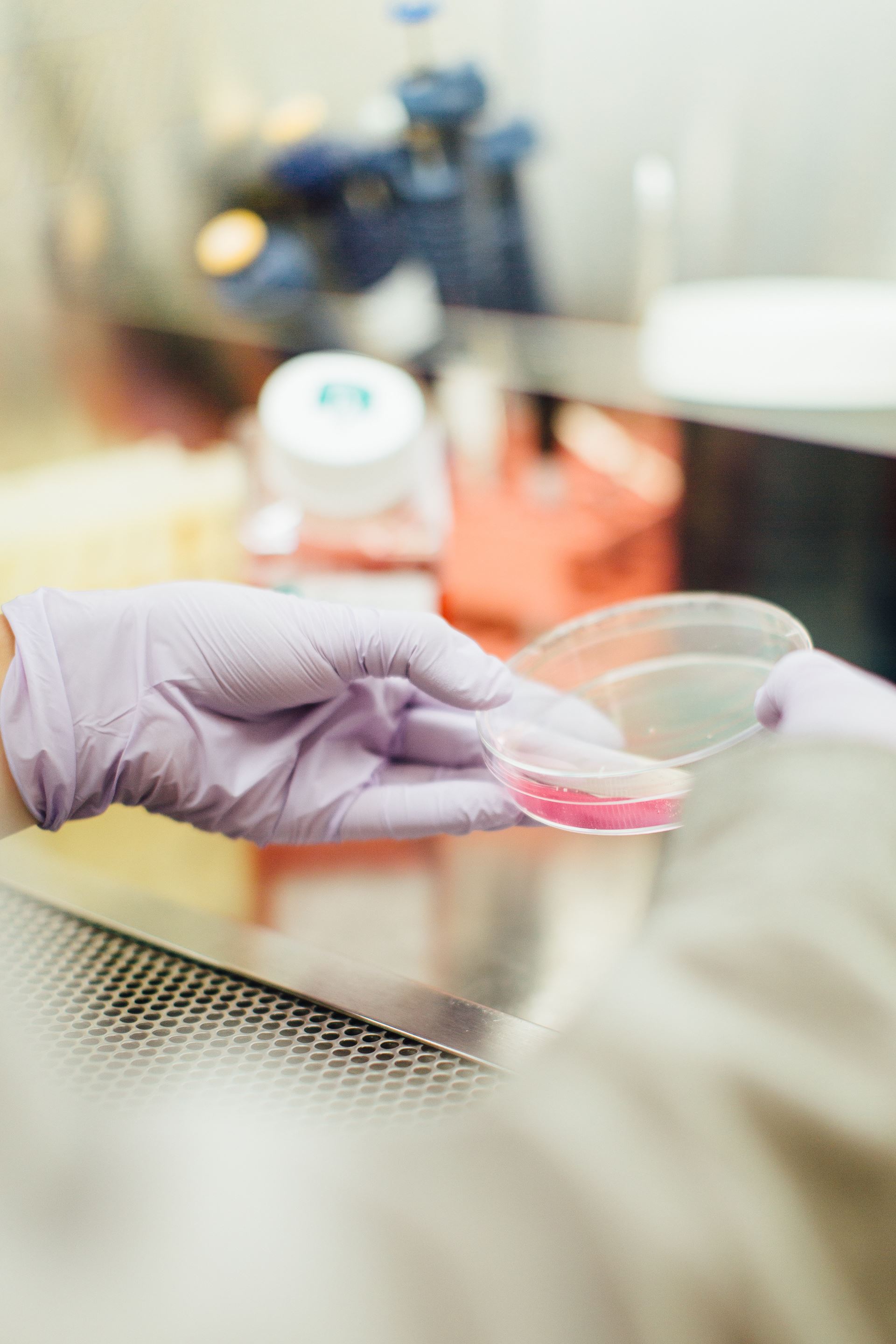Please call between 09:00 and 17:30 Monday to Friday for results.
Test Results Timings
| Test | Time for result |
|---|---|
| Chest x-ray | 10 days |
| Ultrasound scan | 10 days |
| Helicobacter breath test | 1 week |
| Urine sample | 1 week |
| Sputum sample | 1 week |
| Stool sample | 1 week |
| Skin scraping | Up to 3 months |
| Nail clippings | Up to 3 months |
| Vaginal swab test | Up to 2 weeks |
| Smear test | Up to 2 weeks |
| 24 hour blood pressure monitor | 3 days |
| Home blood pressure | 3 days |


